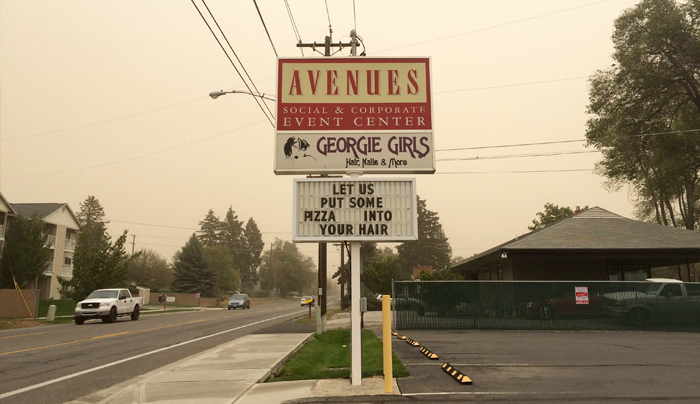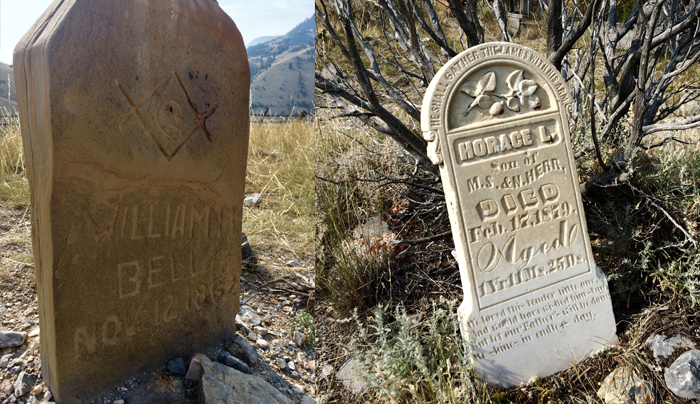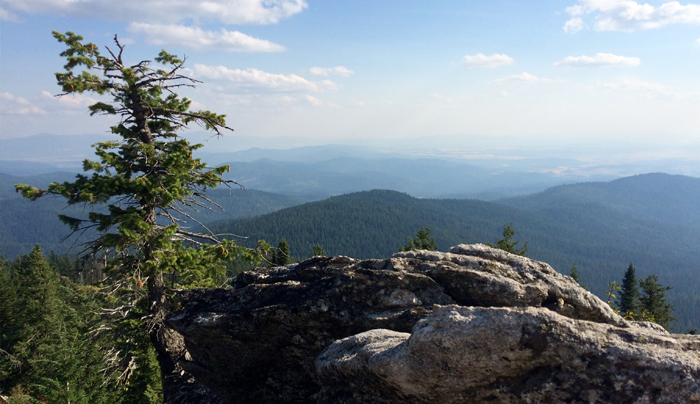At this year’s Spokane County Interstate Fair, visitors can check out beef and dairy cattle (including a particularly impressive display of Texas Longhorns), goats, pigs, sheep, chickens, ducks, geese, rabbits…the usual stuff. There are also some “exotic” animals, like a pair of Patagonian cavies and a newborn zebra. A number of Boer goats—first introduced to the U.S. in 1993—are on hand, as well as a handful of Dexter cattle, once considered a rarity but now, according to the Livestock Conservancy, a “recovering breed.”
But perhaps the most endangered species on display (one whose habitat is decreasing at an alarming rate) is the Great American Smoker, seen above. Unlike the other animals at the fair, no physical enclosure is necessary for a group of G.A.S.—the collective noun is “cloud”—since the individuals naturally congregate in those areas designated for them.
Biologists have observed that both the population and the demographics can shift at a moment’s notice, indicating that the cloud forms out of expediency rather than a shared familial bond. This effect has been likened to a snowflake or fingerprint: no two G.A.S. clouds are alike. Moreover, migratory patterns are impossible to predict, even with computer modeling.
Thankfully for attendees, though, fair officials have thoughtfully set aside several spaces to encourage nesting. Called “smoking areas,” they’re nearly invisible to the untrained eye—but their approximate locations have been marked on this map.
Happy hunting!







